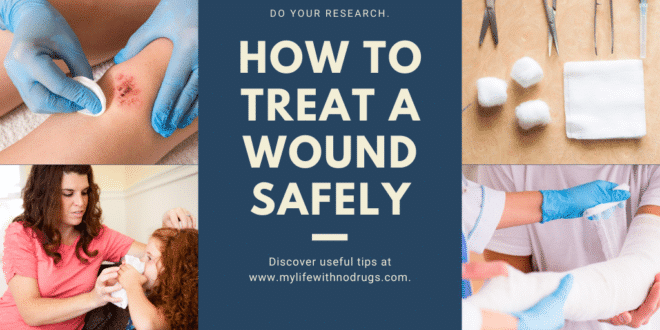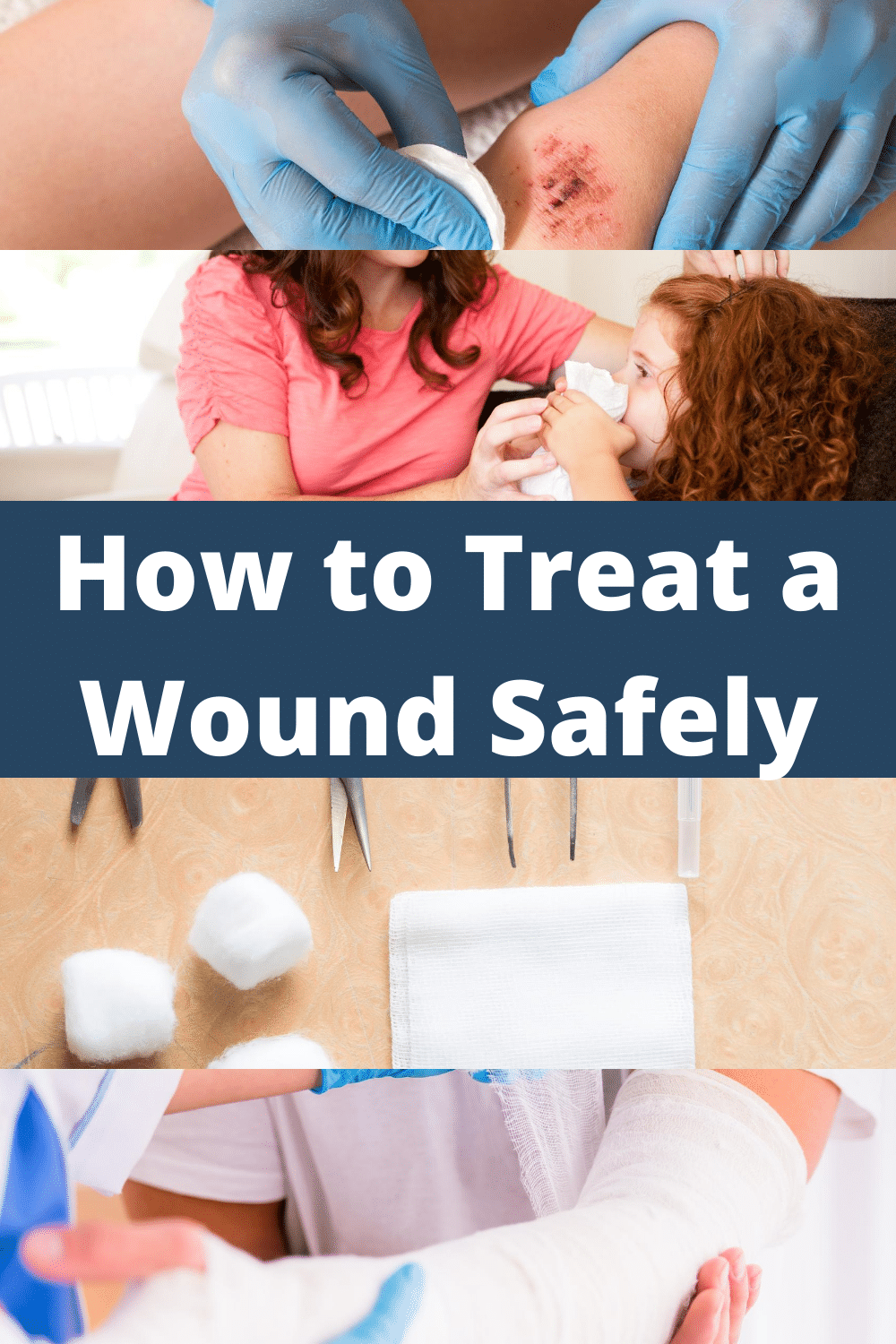Within the world of natural remedies and drug-free living, we often forget to concentrate back on the smaller illnesses and maladies that can affect us from time to time. One of the most common forms of minor health issue, and something that’s likely to affect you several times a year, are grazes, scratches and cuts. Knowing how to treat these in a way that suits your health aspirations is an important skill – and that’s what we’ll be concentrating on in this article: how to safely treat an open wound.
Disinfecting a wound
Your open wound is a gateway for all kinds of harmful substances to pass into your body through your blood supply. If you leave an open wound for a long time, you’re likely to develop some form of infection which can make your wound more painful, preventing it from healing and potentially causing more damage to your body and your overall health. As such, disinfecting your wound is a priority. There are several natural disinfectants out there like citrus juice and saltwater, or you can invest in a disinfectant for wounds from your local store which conforms to your own healthcare priorities.
Dressing a wound
An open wound that’s been disinfected is still vulnerable to bacterial infection and to detritus falling into the wound, causing pain and preventing your wound from closing effectively. To prevent both of these bad outcomes, all open wounds ought to be dressed by an expert wound dressing material – both protective and facilitating the healing that you want to take place on your graze, cut or scratch. Invest in a supply of these wound dressings, which you can apply to yourself and your family in order to protect open wounds and to help prevent wounds becoming worse due to neglect.
Pain
Many citizens across the US wish to avoid taking pharmaceutical painkillers in order to deal with pain. Of course, there are several reasons for this – but if you’re looking for an alternative pain treatment for your wound, you cannot do better than an icepack applied to your injured area. The numbing effect of ice works incredibly quickly to remove that stinging pain from your injury, leaving you able to walk or hobble without being in too much discomfort. Remember, though, to ensure you’re not going to infect your wound with the ice that you use to mediate the pain: use distilled water ice to be sure that your water is pure and free from infectious bacteria.
Recovery
Scratches, bumps, grazes and cuts are amongst some of the most variable injuries one can sustain. Some cuts are deep and take several weeks to fully heal, while others will be forgotten in a matter of says. Some cuts require urgent medical attention, while others can be dealt with easily within the home. When you’re considering your own recovery, make sure you’re simply taking the steps to ensure that your injury doesn’t worsen over time: you want your cut or graze to repair in safety, so that you’re back to your full fitness in no time at all.
These four-staged tips will help you treat any open wound without the use of drugs in the future.
Liked this article? Share it to say “thanks!” Your support is much appreciated!
I would love to connect with you!
You can find me on PINTEREST, FACEBOOK, TWITTER1, TWITER2, INSTAGRAM












